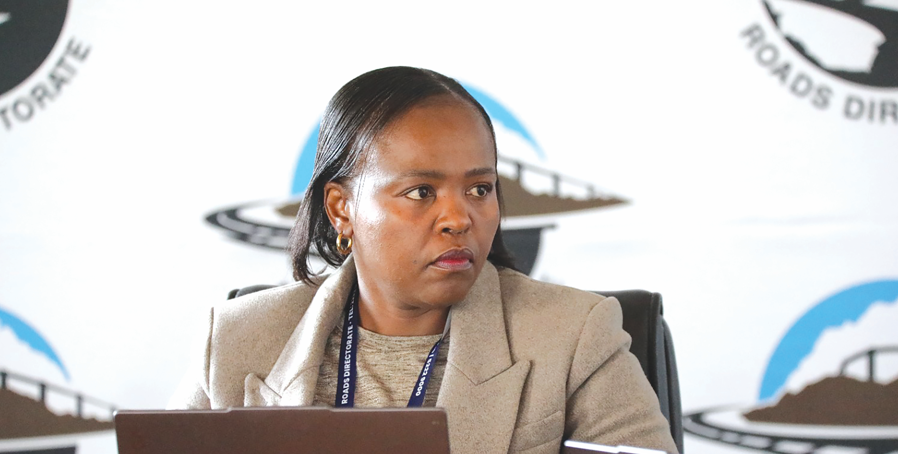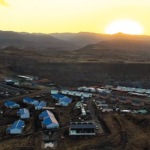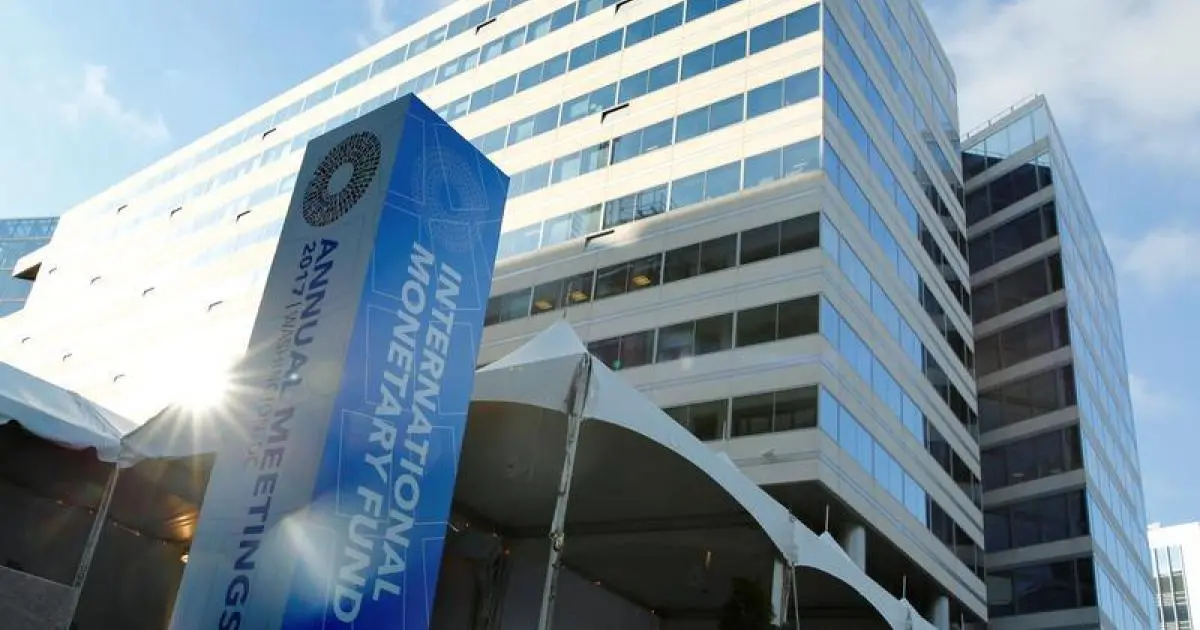The budget for the Roads Directorate has surged from M1.2 billion in the 2023/24 financial year to M2.3 billion in the 2025/26 annual work programme, a staggering 92 percent increase.
This sharp rise signals a renewed national focus on improving connectivity, enhancing road safety, and stimulating economic growth across Lesotho.
The ambitious two-year plan outlines major allocations aimed at addressing the country’s deteriorating road infrastructure.
These include M133.9 million for the rehabilitation of tarred roads, M92.9 million for pavement strengthening, M42 million for new road development projects, M34 million for street lighting upgrades, and M25 million for routine and periodic maintenance of paved roads.
A further M20 million will be split between road markings and periodic works, while M19 million has been earmarked for drainage structures. Consulting services will receive M32.6 million, and M8.5 million will go toward project supervision.
One of the flagship undertakings is the construction of the Thaba-Tseka to Katse road, a five-year project that begins with an initial M165 million allocation. Another major corridor, the heavily used A1, will receive M32.6 million for critical upgrades.
Additional projects in the pipeline include M11.5 million for the improvement of key intersections in Maseru, M16.9 million for the Taung–Sehlabathebe road, M6.8 million for the Taung–Mokhotlong road, and M5 million for road works in the Malealea Zone.
The Directorate has also allocated M3.5 million for the installation of permanent automatic traffic counting stations, M7.2 million to finalise national road design standards, M2.9 million for the construction of the Tebellong Bridge, and M10 million for repairs to the Maseru railway station.
The Maseru station, considered a critical link to South Africa’s rail network, will benefit from this funding, further signaling that the road programme is part of a broader national transport infrastructure strategy.
Other planned priorities include the construction of unpaved roads, installation of new traffic and street lights, and the erection of speed humps to improve road safety and usability.
Speaking at a press briefing in Maseru this week, Director of Finance ‘Matšireletso Lepheana said the M2.3 billion work programme is the product of three months of rigorous planning aimed at reversing decades of neglect.
“This year, we are looking at spending M2.3 billion on road infrastructure. It is a mammoth task, but we are ready and committed to delivering,” Lepheana said, describing the programme as both unprecedented in scale and urgently needed.
The funding will be sourced through a combination of domestic and international contributions, including M1.737 billion from the government, M205 million from the World Bank, M300 million from the Road Fund, and M53.4 million from the Ministry of Finance and Development Planning.
The plan covers primary, secondary, and tertiary roads, as well as bridges, drainage systems, and urban road infrastructure such as traffic lights and street lighting. Lepheana reiterated the Roads Directorate’s commitment to delivering long-lasting improvements that will enhance national mobility, safety, and economic productivity.
In comparison, the 2023/24 work plan had a combined capital injection of over M1.23 billion. Funded through a mix of domestic and international sources, including M730 million from the government, M216 million via the Exim Bank loan, M179 million from the Road Fund, and M106 million from the World Bank—the programme covered everything from routine maintenance to complex road construction and bridge upgrades.
Under that year’s plan, the Roads Directorate allocated:
- M5.2 million for routine maintenance and streetlight upkeep over a combined stretch of 6 km.
- M136.6 million for periodic maintenance and rehabilitation of 35 km of paved roads.
- M29.2 million for drainage structures despite no additional road length being added.
- M4 million for consultancy and system activities under the Lesotho Road Management System.
- M350,000 for contractor training and the development of a training curriculum.
These investments reflect the scale of Lesotho’s road infrastructure backlog. An estimated M2.1 billion is needed to rehabilitate 296 km of paved roads that have deteriorated beyond preventive maintenance. Another M296 million is required to reseal 182 km of roads to prevent further degradation.
On the unpaved side, the need is even greater: M2.078 billion is required to regravel 1,703 km of unpaved roads, while M1.855 billion would be needed to upgrade 341 km of those roads to paved standards.
According to Roads Directorate data, Lesotho’s classified road network spans over 5,887 km, split between primary (A), secondary (B), tertiary (C), and access/feeder (D) roads. However, nearly 3,933 km of unpaved roads remain in need of urgent maintenance.
Summary
- One of the flagship undertakings is the construction of the Thaba-Tseka to Katse road, a five-year project that begins with an initial M165 million allocation.
- The Maseru station, considered a critical link to South Africa’s rail network, will benefit from this funding, further signaling that the road programme is part of a broader national transport infrastructure strategy.
- Funded through a mix of domestic and international sources, including M730 million from the government, M216 million via the Exim Bank loan, M179 million from the Road Fund, and M106 million from the World Bank—the programme covered everything from routine maintenance to complex road construction and bridge upgrades.

Seabata Mahao is a general news reporter with special focus on Business and Sports. Started working at Newsday in 2021. Working in a team with a shared goal is what I enjoy most and that gives me the motivation to work under any environment leading to growth.







